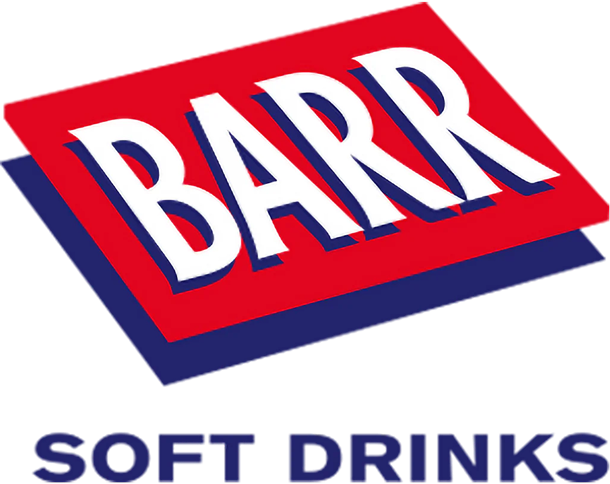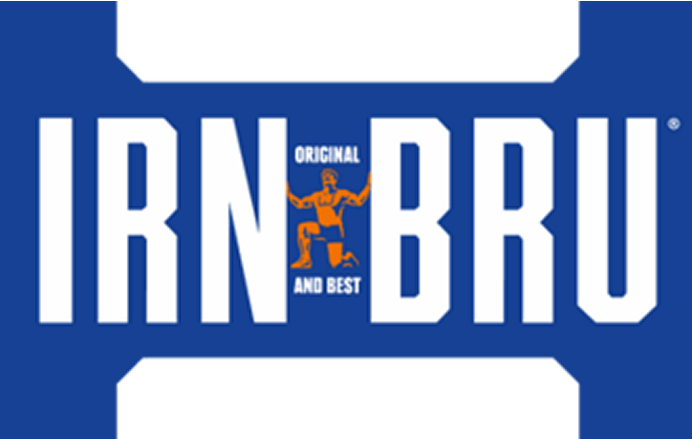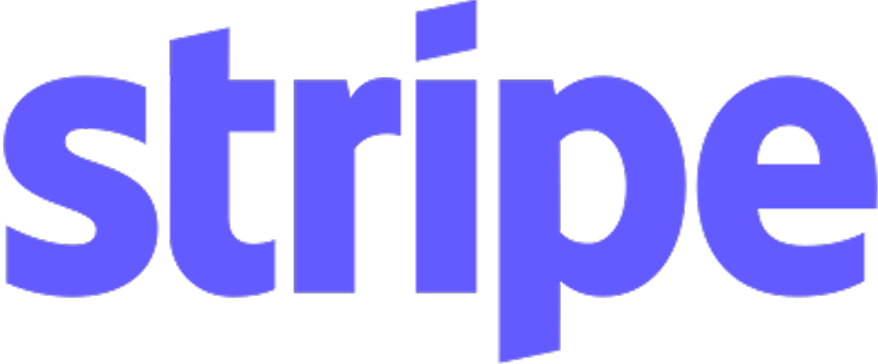How to Spot Poor Quality LinkedIn Content?
Identify poor LinkedIn content, improve your strategy, and elevate your presence with thought leadership content creation. Discover effective tips today.

LinkedIn has become more than a digital CV. It's where your ideas, insights, and experience can shape how others see you. A well-written post can start conversations, build trust, and remind people why your work matters. But it’s easy to get lost in the noise. If your content isn’t quite landing, or you’re struggling to hold attention, the problem might not be what you’re saying, it could be how you’re saying it.
Spotting bad content is just as important as posting good content. If your feed is full of half-baked thoughts or unclear posts, it reflects directly on how your audience sees you. A polished profile helps build trust, while poor content can quietly turn people away. Learning to identify low-quality posts is the first step in making your content more effective.
How To Recognise Poor Quality LinkedIn Content
LinkedIn rewards clarity and relevance. When your posts miss the mark, you lose momentum with little to no engagement, fewer conversations, and a profile that looks inactive or out of touch. Certain patterns show up over and over, and once you know what they are, they’re easy to avoid.
Here are some signs your posts might need a second look:
- You're constantly promoting your product or service without adding value. Every other post sounds like a pitch. Over time, this can wear your audience down. People scroll past when they feel they're being sold to rather than spoken with.
- No one’s liking, commenting, or sharing. A lack of feedback isn’t always about the algorithm. It often signals your post didn’t connect. Something may be off with your tone, timing, or topic.
- You’ve gone off track. If you’re posting things that have little to do with your experience or audience and jumping on random trends, it might look scattered. Consistency builds recognition, and without it, your message can lose focus.
- There are spelling mistakes or awkward sentence structure. These might seem small, but they make people pause for the wrong reasons. If readers have to work to understand your point, they won’t stick around.
Think of one-off posts from people who vanish for weeks, or content that over-explains simple ideas. You end up closing the tab or scrolling past, a bit unsure what you were meant to get from it. That’s the vibe to avoid. LinkedIn isn't about perfect polish, but it does call for awareness and basic care in how you show up.
Learning to spot these red flags is the first step. Now let’s look at what actually happens when this kind of content becomes your norm.
How Poor Content Impacts Your LinkedIn Presence
When weak content pops up in your feed often, it doesn’t just fade into the background. It can start to affect how people see you, and not in a good way. First impressions are hard to change, and if your profile reads as rushed, self-focused, or unclear, it sends a message, just not the one you want.
Your credibility takes a hit when your writing lacks structure or feels off-topic. People may assume you’re not confident in what you do, even if that’s not the case. Missed opportunities build up. Someone skimming LinkedIn might’ve needed exactly what you offer, but your content didn’t give them a reason to stop and read.
Here’s what typically happens when quality slips:
- You lose trust before you even make a connection, and someone else becomes the go-to name instead.
- Regular readers become quiet. Without engagement, your visibility fades, and even strong posts later on struggle to gain ground.
- Thought leadership falls through. To be seen as a trusted voice, people need consistent proof of how you think and what you care about.
Imagine checking someone’s page hoping to see original views or useful reflections, but finding announcements and recycled advice. You stop checking back altogether. That’s how people treat your feed when it doesn’t engage them.
What Good LinkedIn Content Looks Like
Poor content stands out in all the wrong ways, but strong content blends clarity, relevance, and timing. The difference is clear when you come across something that invites you to keep reading without trying too hard.
Here are a few content formats that often work well:
- A short story with a meaningful lesson, pulling from your actual experience or reflections.
- A simple breakdown of a current shift or trend in your sector, explained clearly.
- A thoughtful question that invites feedback or sparks conversation.
You don’t need to reinvent the wheel. Most good content just feels authentic. Instead of dumping several points in one long paragraph, it focuses on one idea per post, keeps the tone natural, and gives the reader a reason to pause and think.
People connect with people, not job titles or logos. So when your post sounds like something you’d say in person, it lands better.
Simple Fixes To Improve Content Quality
Getting better isn’t about being perfect. It’s about getting clear and consistent. You don’t need to post every day or follow every new trend. A strong post once or twice a week, built with intent, can do more than a rushed stream of updates.
Try starting with these three steps:
1. Focus on your audience, not yourself. Before hitting post, ask, “Would this be useful, interesting, or relatable to someone reading it?”
2. Drop the script. Write how you speak. People scroll fast. If there’s any stiffness or fluff, they’ll tune out.
3. Think like a teacher or guide. Share what you’ve learned, how you see things, or what questions you’re exploring. This is where thought leadership content creation really matters.
You’re not trying to impress every person. Instead, you want to reach the people who care about your work, your thinking, or your story. Make it easy for them to understand who you are and what you stand for.
Let Your LinkedIn Speak For You
When your LinkedIn content starts to reflect your real value, things fall into place. You build trust with your audience each time you show up, post with purpose, and keep your message clear. None of it relies on being flashy or loud. Just being thoughtful and consistent is enough.
Even small changes add up. With better structure, relevant ideas, and real insights, you stand out for the right reasons. So if you’ve been wondering why your posts aren’t getting traction, now’s the time to shift gears and give your content the attention it deserves.
Enhancing your LinkedIn presence with high-quality content is key to building authority and engaging your audience. If your goal is to make a lasting impression, thought leadership content creation can be your best strategy. Media Engine can support your journey in crafting impactful LinkedIn messages that genuinely reflect your expertise. By embracing thoughtful content practices, you can transform your LinkedIn into a powerful tool for professional growth.
Across 200+ LinkedIn profiles, we’ve brought in qualified pipeline from...
































.png)

.png)

%20(1)%20(1).png)
.svg)











